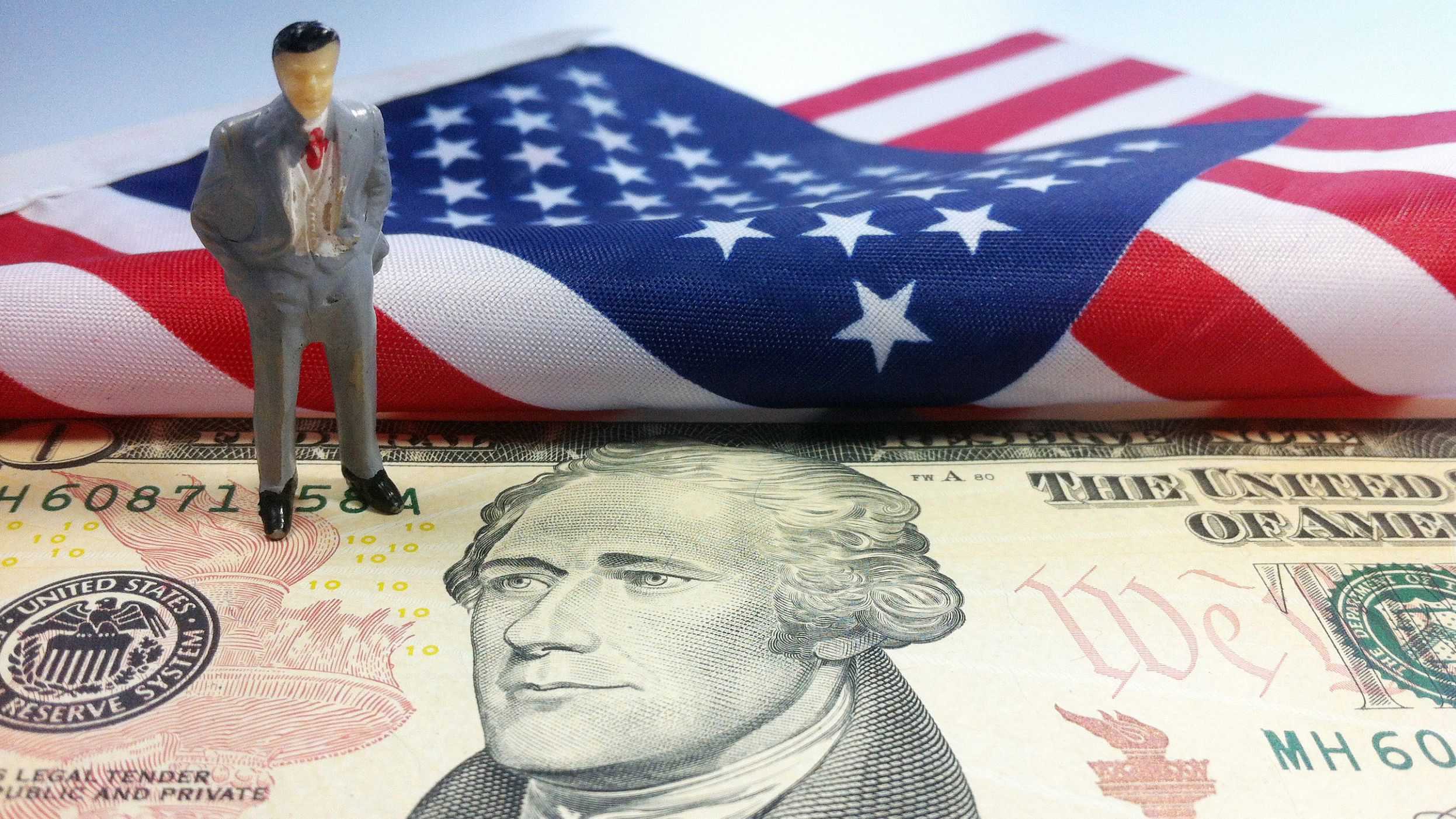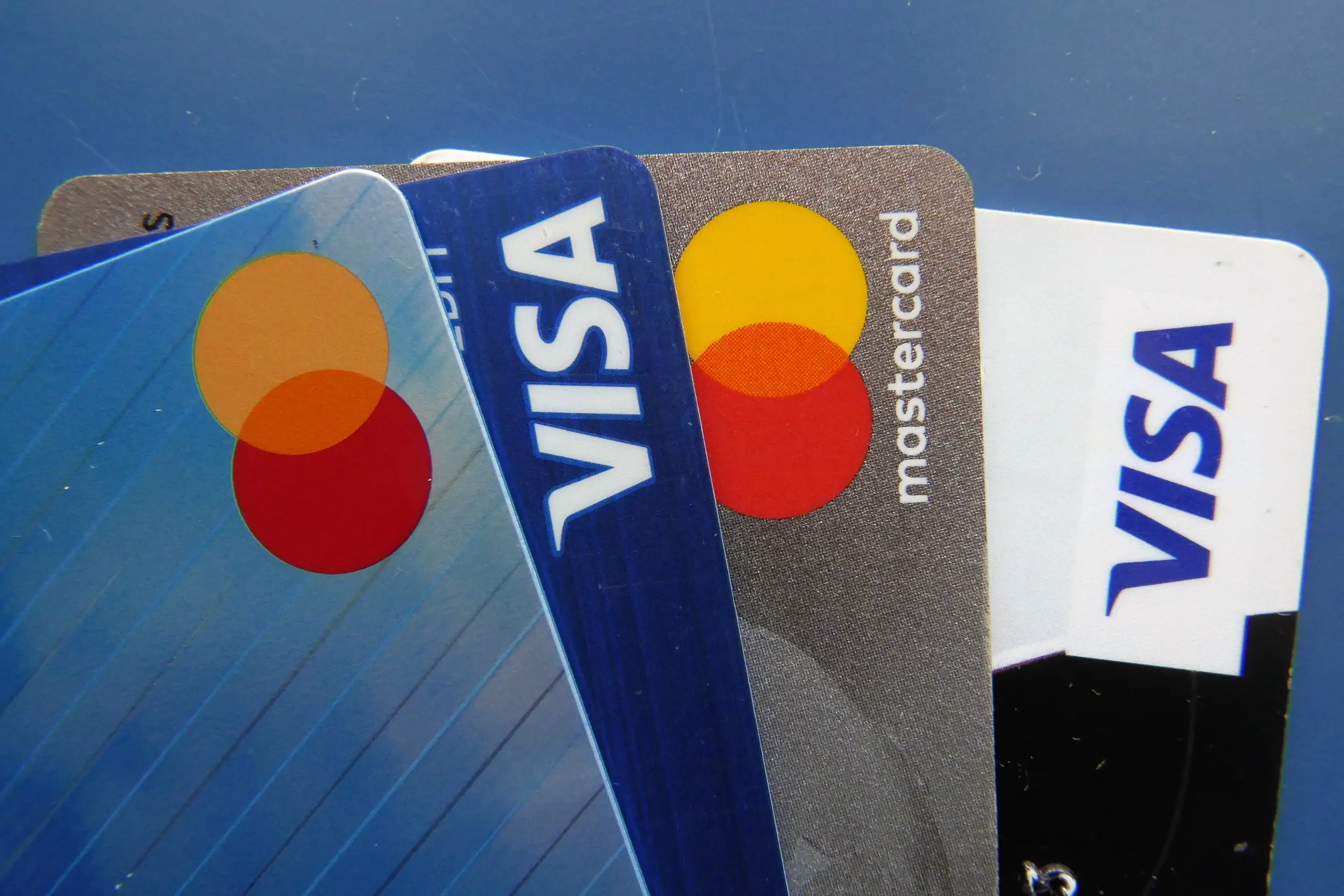In recent years, the landscape of American finance has undergone significant shifts. After decades of relatively stable debt levels, the onset of the pandemic brought with it a surge in borrowing. This was initially mitigated by low interest rates and federal stimulus, but as the Federal Reserve ramped up rates to counteract inflation, a new financial pressure emerged. Today, American families are caught in the throes of an unprecedented debt crisis, one that sees them grappling with the highest delinquency rates in over a decade on credit cards and auto loans.
The timing is far from coincidental. Two years after the Federal Reserve initiated a series of interest rate hikes, the cost of servicing debt has escalated, now matching mortgage interest payments in its financial impact on households. This shift marks a crucial juncture for the millions of consumers who form the backbone of the U.S. economy, highlighting a painful reality: high borrowing costs, though essential for tempering price hikes, carry their own sting, which many families will endure for years.

Personal Stories of American Debt Struggles
The narrative of American debt is not just told through numbers and economic models but through the personal stories of those it affects. Nikki Cimino, a 40-year-old recruiter from Denver, encapsulates the struggle of many. Having saved diligently to buy a condo, Cimino found herself sidelined by rising interest rates that pushed her monthly payments to $1,650. Despite earning more than ever, she remains ensnared in a paycheck-to-paycheck existence, highlighting a stark disconnect between economic indicators and personal financial realities.
This scenario is echoed across the country. In Lexington, Kentucky, Denise and Paul Nierzwicki find themselves reliant on credit cards for basic survival after unforeseen hardships during the pandemic. With over $20,000 in credit card debt at interest rates surpassing 20%, the couple’s financial strain is palpable, and their discontent with current economic policies is clear. They, like many, feel betrayed by a system that seems increasingly rigged against the middle class.

The Broader Economic Impact and Election Repercussions
The ripple effects of high consumer debt extend beyond individual households, posing a threat to the broader U.S. economy. As Shannon Grein, an economist at Wells Fargo, points out, the tightening of credit conditions represents a significant headwind to consumption, which could stymie economic growth. This situation is exacerbated by the looming threat of increased loan defaults, as noted by Allan Schweitzer of Beach Point Capital Management, who warns of a potential spike if economic conditions worsen.
American household debt totals $17.50 billion, with an average debt of $103,358 per person, according to an analysis by @BusinessInsider using @Experian data. https://t.co/Rr9xbRXWmT
— PA Realtors® (@PARealtors) May 7, 2024
The political ramifications are equally significant. With the economy a pivotal issue in the upcoming elections, the burden of debt could influence voter sentiment, potentially swaying the outcome. Observers note that the issue of personal debt and economic management is shaping up to be a key battleground, with implications for both major parties.
A Glimmer of Hope Amidst the Debt Crisis
Despite the daunting challenges, there are slivers of hope. Some consumers are managing to navigate the debt landscape through strategic financial planning and the occasional windfall from rising home prices. Moreover, the possibility of refinancing debt when interest rates eventually lower offers a potential reprieve, though the timing and benefits of such moves remain uncertain.

As the Federal Reserve contemplates its next moves and political leaders debate economic strategies, American households are left navigating a turbulent financial era. The path forward is fraught with challenges, but also opportunities for those who can adeptly manage their debts and leverage any available financial relief. In this new era, resilience and adaptability are more than virtues; they are necessities for survival in the ever-evolving American economic landscape.










